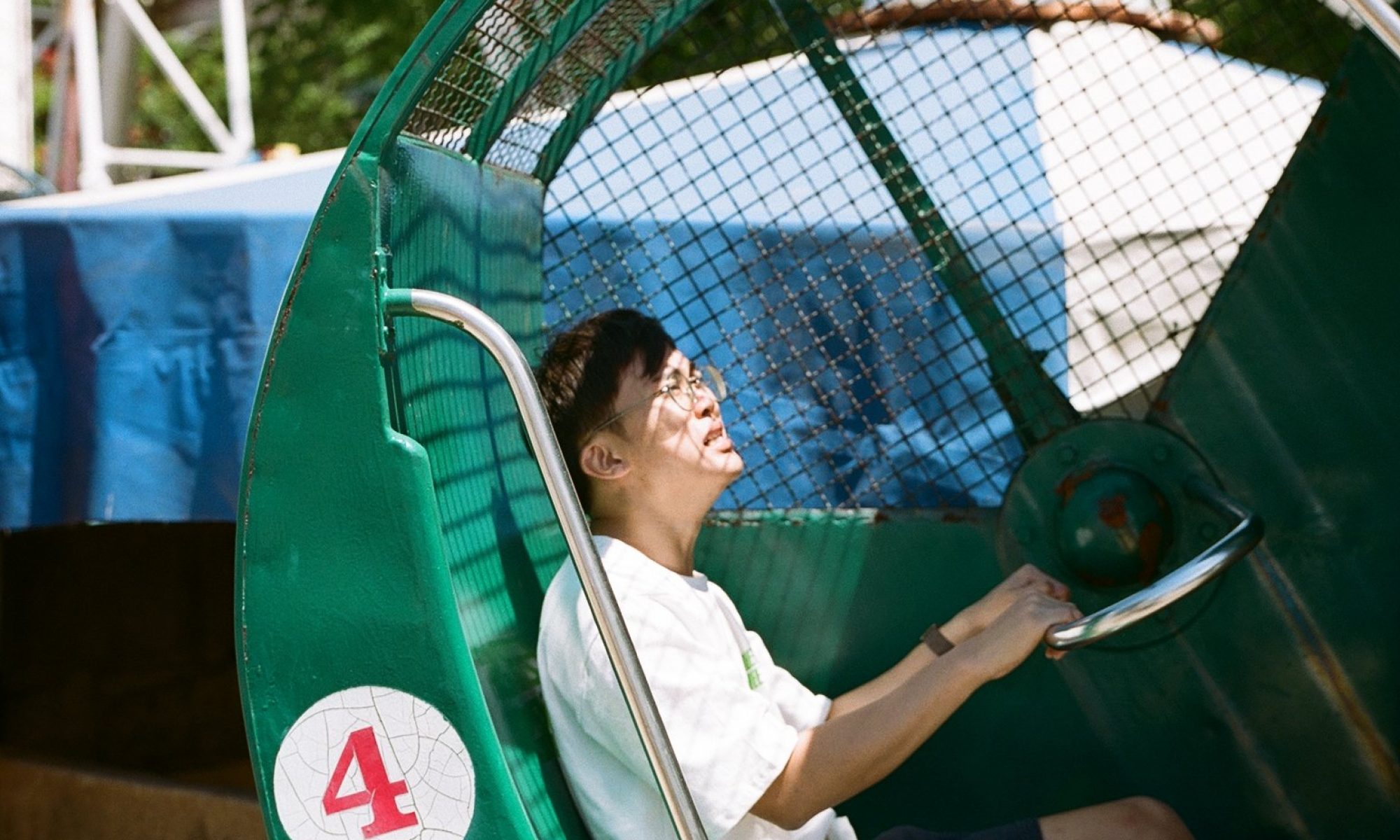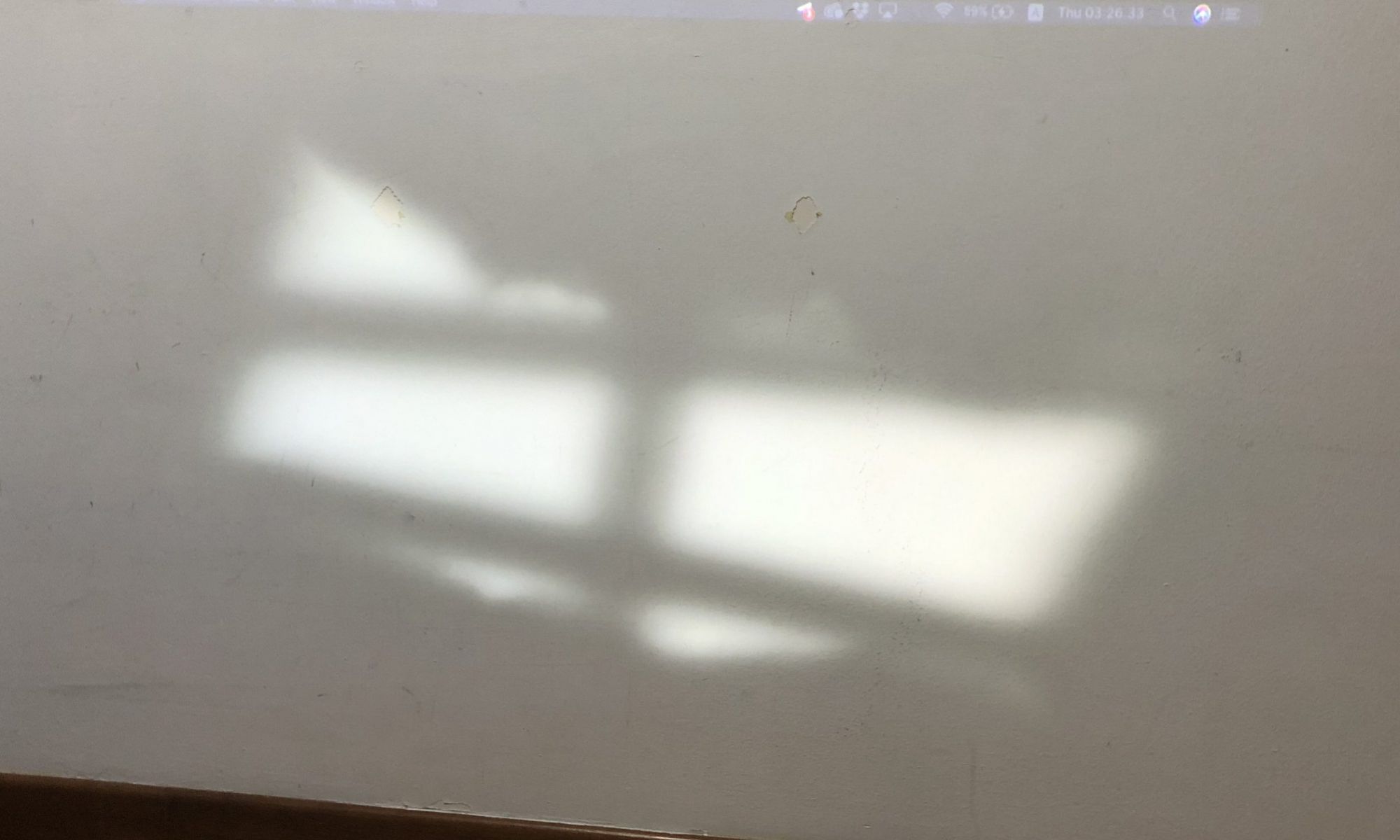Before we start…
I want to apologise for long post. I treat OSS as my platform for filtered train of thoughts. I’ll be updating my thoughts on my own Notion page as well, but I prefer writing here so I can write something properly that can be posted.
Progress Thus Far:
- Finished reading Cybercognition (not useful)
- Finished reading Sensory Arts and Design (useful)
- Finished reading Design Noir: The Secret Life of Electronic Objects (very useful)
- Watched Akira (not very useful)
Also, I’m tracking my own progress on Notion so I guess I’m opening it up to prof and friends here to take a look:
My ever-evolving reference sheet
Feel free to take a look and give comments!
Not completed:
- Moodboard
- Tokyo Cyberpunk
- Sensory Pathways for the Plastic Mind Book
- Speculative Everything
- Journal Readings
SO…
Reading helped me in getting a deeper understanding of the topics I’m covering. I’m clearer in what I want and what I don’t. I won’t be reviewing the books on this post, cos to be honest, some of them aren’t helpful at all and were skimmed within an hour.
The only few I found useful were a chapter in Sensory Arts and Design talking about extra senses, and many interesting concepts, approaches, and works from Design Noir. I really like Design Noir as the approach to “noir” design taken by the book really resonated in me. I think it helped me in deciding how I will approach the different devices in my FYP.
I didn’t have enough time to read, quite expected. Anyway…
Throwback to 2 weeks ago I wrote that by the end of these 2 weeks, I will:
- Good grasp of the concepts I’m trying to use and understand how artists apply these concepts to their work. This is done through all the readings.
- My answer: I did and I’m happy 😀
- Made enough observations and have enough ideas to start creating a proper picture and narrative of what my work will be like. This is done through 2 weeks worth of observation and ideation.
- My answer: I guess I did but I’m not happy with how little I have thought of
So I can say, my goals from last week were completed, even though the tasks are not.
Some thoughts probably induced by coffee
Balance out humanity with tech: why do we prefer drinking coffee than to directly inject caffeine? Isn’t it more sustainable? But drinking coffee adds so much value to our humanity because it is satisfying to drink, it encourages social behaviour, the process is enriching to our souls
What can my products do to enrich people’s souls? Or at least, retain their soul?
Complex processes help us feel productive and fulfilled. Thats why musical instruments or tactile objects make us feel good. It must be tangible.
When we can feel something, we feel connected to it. Manual car vs auto car. When someone else does it for us, its great for us in terms of productivity, but it lacks a certain value. Why we love analogue and not digital.
Then, how can we simulate an analogous response in digital context?
Also, relevant to think about when our minds do code switching. When we are on digital interface, we want whats smoothest. When we are on physical interface, we want to work for it (only it it adds value)
To sum it up: if it adds value to our life, we want to do it the manual way. If it doesn’t, we want someone else to do it for us.
Need for stimulation and simulation in order for sensory replacement to work. can be subconscious, but must include active input from the brain. This can be seen from me dreaming of Overwatch. Also can be seen in how we bring our hand up to see time, or when we adjust our spectacles, or when we wake up to turn off an alarm. It. Must. Be. Conscious.
From this thought, I kinda know that my devices have to let its user actively do something, to work for the information they want to get. That said, Vibrawatch might not be cut out for this cos it’s very passive.
Updates to Concept
New Inspiration
As the weeks go by, and as I continue reading, I realised that my focus shifts from something more technical to something more conceptual. Instead of wanting to do something relating to sensory substitution and all the specific phenomena, I started thinking further about why I want to do that, and what I’m trying to get at. I started out curious about my alarm problem, then thought about how this can affect the way we use objects to integrate with our senses, to how we can imagine this type of technology in the future that can fit our needs.
I realised that sensory substitution or addition is only a supporting part of my concept (although I still want it to be something all my devices have)
For now, I’m interested in this thing called “Notopia”.
Notopia is a term mentioned on the first page of Dunne & Raby’s book “Design Noir”. I can’t find this anywhere except a few architectural article that defines it as:
“a consequence of the cold logic of market forces combined with a disinterested populace”, “Characterized by a “loss of identity and cultural vibrancy” and “a global pandemic of generic buildings,”
In the book, it is a state of a world where we are given the illusion of technology being the solution to every problem, ‘force-fed’ by ‘corporate futurologists’. Where, as technology develops, human behaviour continues to be controlled and predictable, reinforcing the status quo of things instead of challenging them.
This idea reflects, in my opinion, the reality of consumerism now; products designed to fit our needs, and to put it crudely, to pacify us. We value convenience and ask for products that help our situation in the status quo. Realistically speaking, this works because we can’t suddenly change our behaviours.
But looking in the future, how can this affect us? Can not doing this affect us?
In the book, the solution to Notopia is to subvert the use of daily products through hacking and abusing other qualities of the products that may not be intuitive on first sight. Dunne and Raby created “Placebo Project”, 8 devices that creates a placebo effect for people to feel comforted when being around objects that give out electromagnetic waves (which many people think are harmful to us). This is done through the subversive use of everyday technologies like lamps that switches on when near heat, or compasses embedded into tables that detect magnetic influences.
The project is done with a separate intention (to study “The Secret Life of Electronic Objects” in the interactions), but thinking about it, I think there is some relevance to re-imagining new ways of using existing objects.
I thought this concept is relevant to my project, but now I’m having doubts. So let me think this over, while I go through what I know for certain I want to do.
Properties of my concept
- My current space is “cabinet of curiosities” styled room of a not-so-far future individual.
- The inhabitant of the room is a Singaporean youth in the not-so-far future.
- The aesthetics I’m going for is inspired by the Cyberpunk sci-fi genre as it fits the themes I’m covering (post-humanism). It will be the more “hyper-city” like type of Cyberpunk, rather than the grungy kind; more “utopian”.
- There will be elements of Singapore hinted in the room that creates a sense of home, but also feels foreign.
- The devices I’m making will be devices for the sensory-augmented humans of the future. They must work. They must be interactive (visitors can wear them).
Updated one-sentence description
[WIP]
Keywords I will be using
- Sensory Substitution / Addition
- Embodied / Embedded Cognition, Enactivism
- Neuroplasticity
- Speculative Design
- Neuro Linguistic Programming
- Anchors
- Critical Design
Devices
- I want my devices to be non-invasive
- I want my devices to have sensory elements, either in augmentation or substitution that may or may not alter perception
- My device must be related to a current-day anchor, like an evolved form of it
- My device have to be interactive and wearable
Goals for next 2 weeks:
Recess
- Read Cyberpunk Tokyo
- Read journal article and scientific articles that may help expand (I know I’m doing too much reading and too little doing. I will watch myself)
- Updating, refining of concept and clear arrangement of information.
- Moodboard (really start on it!)
Rationale: I just feel like I might miss some information if I don’t finish reading what I set myself to read. But yes I will definitely watch myself now and not let myself go like the last 2 weeks.
To me, establishing a clear and good foundation is important. I want to sort everything out properly as I’m still feeling uncomfortable about some parts of my concept.
Week 8
- I will have a clear idea of everything by now. So clear that I’m confident.
- Create first prototype of whatever product I’m making
- Start ordering things I need
- Finishing up all research. (this doesn’t mean I’ll stop research, just that all the back-logged research have to be completed)
Goals by end of these 2 weeks
- Talk to seniors, profs, etc for feedbacks on my concept and ideas
- (maybe) start thinking of interviewing people that knows the subjects I want to cover, and also people who are using devices that substitute senses
- I will get my hands dirty finally
- I will be able to confidently tell people what I’m doing for FYP
Long-term goal (timeline)
When all my research and ideation is done, I will be going into prototyping. During October, I will be doing a lot of prototyping and testing, hoping to get conclusive results by the end of October to go into November AKA Phase 2 for me.
In phase 2, everything will be more urgent and critical. Real products will be made. Plans for grad show will be made.
In phase 3 (February), I should have most of the stuff I need ready and working. Here is where I start doing all the refinement, writing, exhibition, competition, admin stuff, etc done.
See my timeline on Notion for more details

